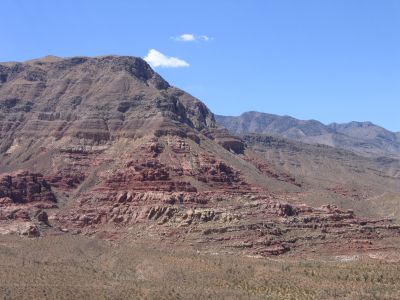Two cities, separated by 21 hours of driving and stops in Atlanta and Cincinnati. What comes to your mind when you think of New Orleans? Perhaps jazz and jambalaya. What could you remember of Detroit? Cars and the rhythms of Motown, maybe? Two majority black, chocolate cities. One's a place tourists used to flock to, the other one where tourists go by accident.
One city displays fresh, raw wounds. The other the scars of slow bloodletting. Though neither is ready to accept death, a pall hangs over both.
On a hazy, humid Saturday afternoon in Detroit, I was lunching with my friend Karen who works as a librarian in a city school. This summer she attended the American Library Association's conference in New Orleans. The librarians held it there as an act of solidarity.
On my road trip I had stopped in New Orleans just a week earlier. So we compared notes. Karen didn't make it beyond downtown and the French Quarter, while I had a full tour from old friend Kalamu ya Salaam: the 7th, 8th, and 9th wards, St Bernard Parish, New Orleans East and Uptown. And I took time to visit a corner of the Quarter and walk around Audubon Park.
To Karen I described the neighborhoods where I saw streets and blocks of abandoned houses. On some blocks, I saw a handful of people rebuilding while the rest of the houses were standing vacant.
Karen and I nodded in a moment of recognition. We both know blocks like this — in the east side of Detroit. The mind tries to relate what the eyes see to what memory remembers. And when I was in New Orleans, it immediately reminded me of Detroit. The destruction was more raw and fresh, more widespread and just one year old, but in time, the city could look like parts of Detroit.
New Orleans collapsed under the blow of hurricane Katrina. Detroit's death agonies were slower and framed by two major disasters: the 1967 riots and the collapse of the auto industry in the early 80s. In between came white flight, disinvestment by corporate money, organized neglect after the city had elected its first black administration in the early 70s.












